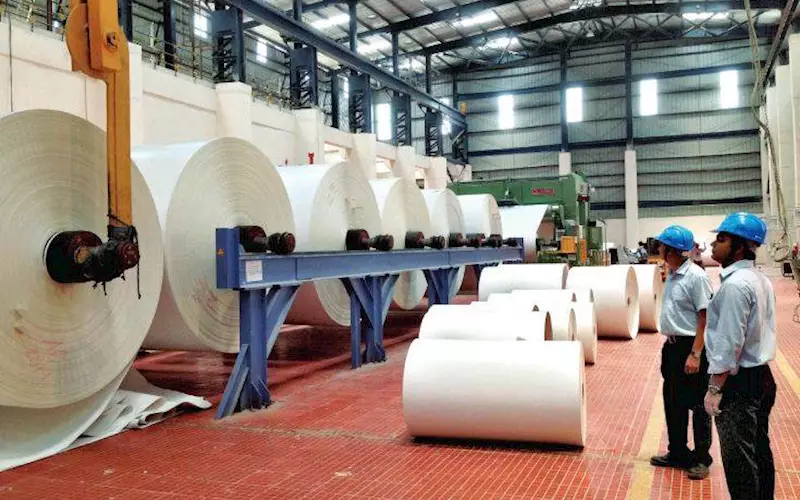Import of stock lot of paper, paperboard prohibited
The Directorate General of Foreign Trade, Department of Commerce, Ministry of Commerce and Industry of the Government of India, issued a gazette notification on 31st January incorporating policy condition under HSN code 4810 of Chapter 48 of Schedule Policy I (Import Policy), ITC (HS), 2017.
30 Dec 2020 | By Dibyajyoti Sarma
Accordingly, the central government has introduced a policy condition for items under EXIM code 4810 (See the list below). As a result of this notification, the import policy of stock lot under HSN code 4810 is revised from ‘free’ to ‘prohibited.’

The paper and paperboard industry has been expecting duty imposition for imports from countries like Korea and Indonesia.
AS Mehta, president, IPMA (Indian Paper Manufacturers Association), had said, “Indonesia and China enjoy cheap raw materials. Also, global players in paper manufacturing have been aggressively pushing their products in the Indian market, making the Rs 70,000-crore Indian paper industry vulnerable.
He had pointed out that “as compared to the increase in domestic production rate, imports have been growing at a very high rate."
IPMA’s wish-list consisted of two important things. First, import tariff on paper and paperboard should be upped from 10% to 25% so as to bring it on a par with agricultural products as industry sources majority of its raw materials (including wood and agro-residue) from farmers. Second, FTAs should be reviewed and paper and paperboard should be parked on the exclusion / negative list since an increase in customs duties may not impact imports from countries like Indonesia and China.
Ashok Java of CH Java said, “This means India will no longer have a low pricing due to stock lots and odd lots and become a dumping ground for the world players. Secondly local mills will be in a position for more aggressive prices in the coming future. However regular prime goods importers will have a much better and price stable business going forward."
Another industry senior who requested not to be quoted said, “The import of notification is to prevent import of prime papers at much lower valuations as stock lots. As in wastepaper, India doesn't want to be a dumping ground for stock lots, which are a form of under-invoicing."
The crux of the matter is the share of stock lot import, in coated segment, worked out 20% of total prime import.
As per the import data in the last eight years which has been cited in the Directorate General of Commercial Intelligence & Statistics (DGCI&S), imports had been rising at a CAGR of 13.10% in value terms (from Rs 3,411-crore in 2010-11 to Rs 9,134-crore in 2018-19), and 13.54% in volume terms (from 0.54-million tonne in 2010-11 to 1.48-million tonne in 2018-19).
Mehta said, “This hurts the domestic industry, which has ramped up production capacity in the last five to seven years. Mills have invested as much as Rs 25,000-crore."
PrintWeek's view: India’s import of paper and paperboard has seen a surge by 29.9% (in volume terms) in the April-September period of FY20, compared to those in the corresponding period in FY19. We welcome that imports of stock lot should be tight-belted. But how will the government authorities decide how the imports of all grades of paper will be regulated; and who are the genuine users of import paper are?











 See All
See All